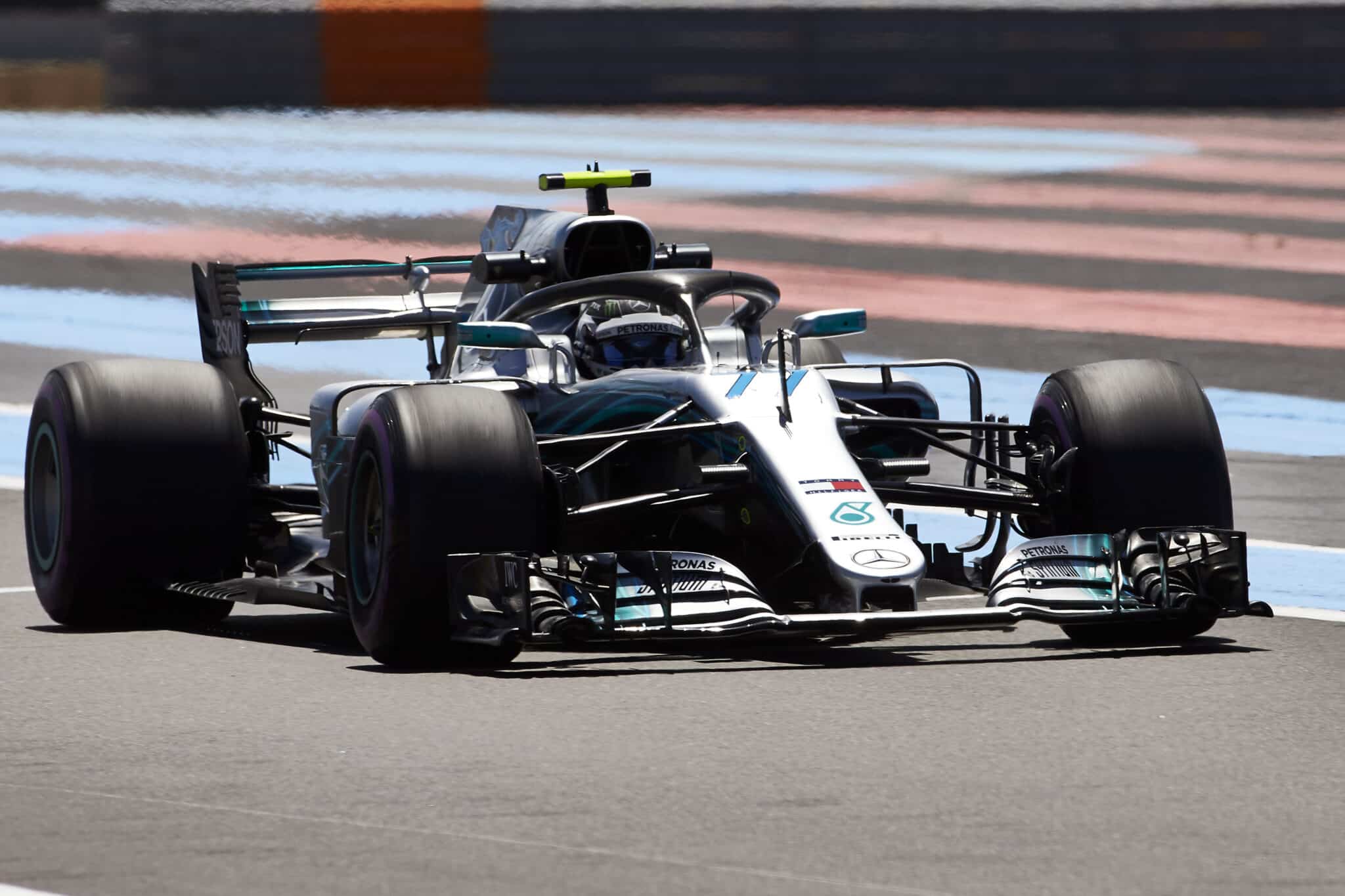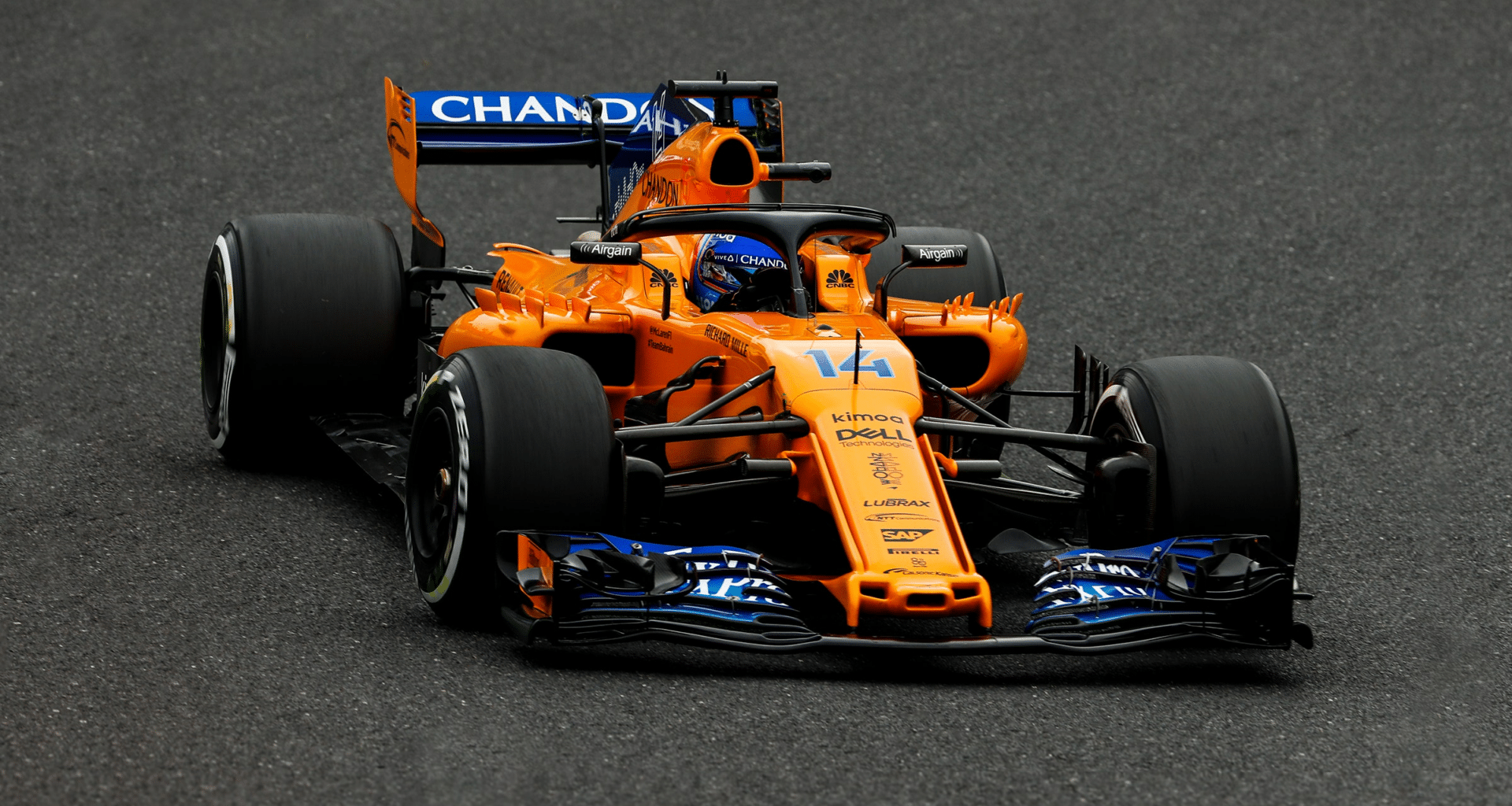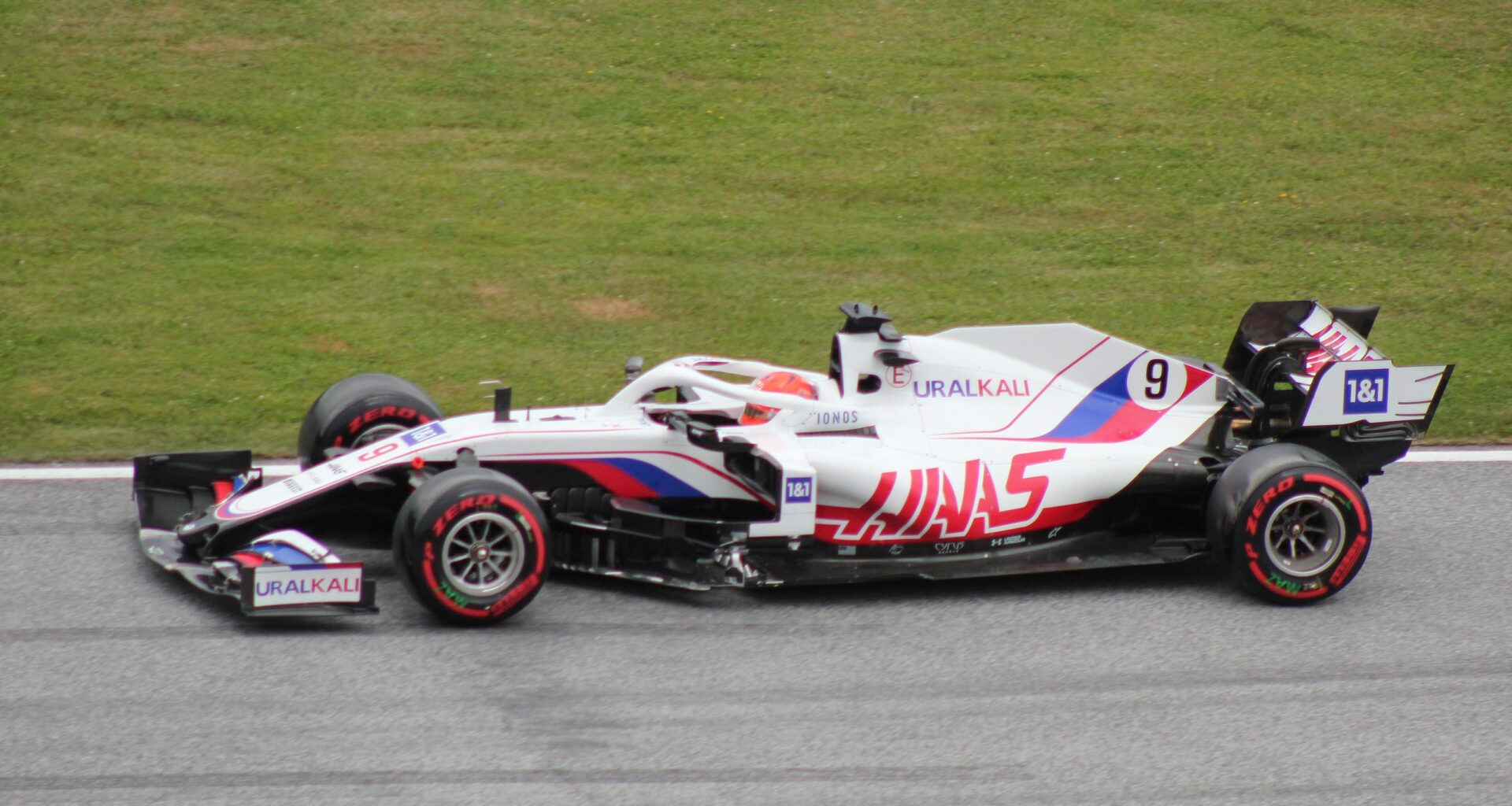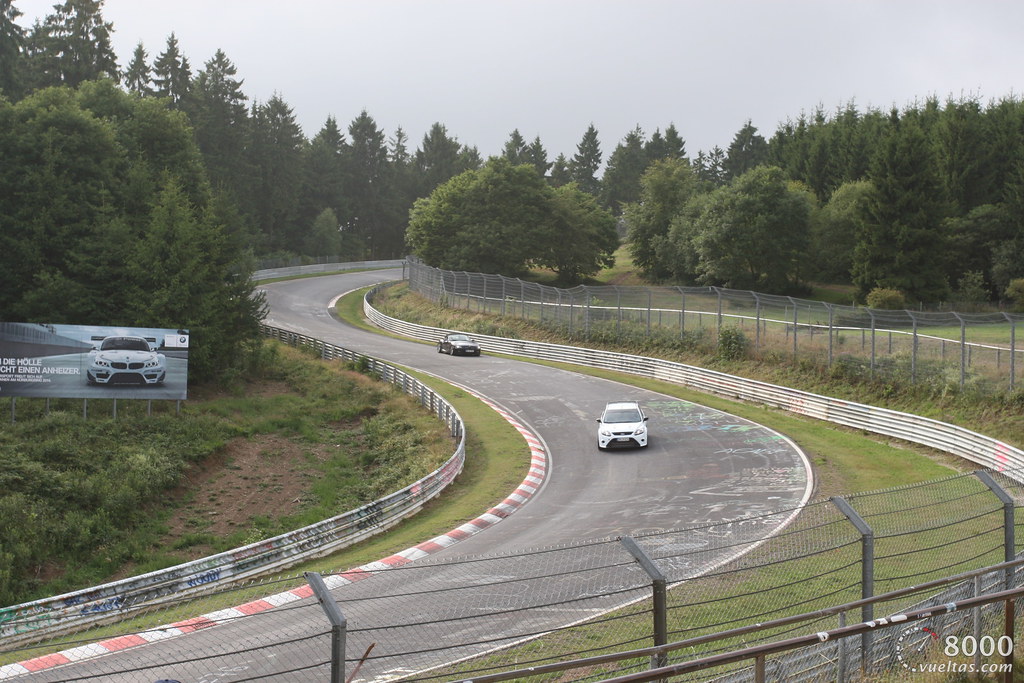Drag Reduction System, commonly known as DRS, is a mechanism in Formula 1 racing designed to facilitate overtaking by reducing the drag on the car. This system allows the driver to open a flap on the rear wing, which decreases drag and increases speed, giving the driver a performance advantage on the straights.
The DRS is a controversial driver-controlled device aimed at aiding overtaking and increasing the chances of wheel-to-wheel racing in Formula 1.
Table of Contents
The Mechanism Behind DRS
The DRS system involves the driver opening a flap on the rear wing to reduce drag levels and gain speed. This is achieved by moving the flap from its closed integral position to an “open” horizontal position. The driver controls this through a button on the steering wheel.
The flap is moved by a hydraulic actuator when the driver pushes the button. This mechanism is only allowed at specific points on the track, known as DRS zones, and only when the driver is within a certain distance of the car ahead.
The Purpose of DRS in Formula 1
Enhancing Overtaking Opportunities
The primary purpose of DRS is to make overtaking easier. By reducing drag and increasing speed, the driver can gain a significant advantage over the car ahead, making it easier to overtake.
However, this has led to criticisms that DRS reduces the skill needed to achieve a difficult overtake, with some drivers and fans arguing that it artificially aids overtaking.
Encouraging Closer Racing
DRS also helps to encourage closer racing. When a car is following closely behind another, it is in the ‘dirty air’ of the car ahead, which can negatively affect its performance. By allowing the following car to reduce its drag and increase its speed, DRS can help to negate this effect and create more exciting, wheel-to-wheel racing.
How Does DRS Work?
The Role of the Flaps
The DRS system involves a movable flap on the rear wing of the car. When the flap is closed, it is integral to the wing and creates downforce. However, when the flap is opened, it reduces drag and increases speed, allowing the car to gain a performance advantage on the straights.

The Activation of DRS
The driver controls the activation of the DRS system through a button on the steering wheel. The system can only be used in specific zones on the track, and only when the driver is within a certain distance of the car ahead. The DRS is automatically deactivated when the driver brakes or if they go off track.
When Can DRS Be Used?
Distance to the Car Ahead
The DRS system can only be used when the driver is within a certain distance of the car ahead. This distance is measured at specific points on the track, known as detection points. If the driver is within the specified distance at the detection point, they can activate the DRS in the following zone.
Designated DRS Zones
DRS zones are specific sections of the track where the system can be used. These zones are chosen to allow for safe and exciting overtaking opportunities. The number and location of DRS zones can vary from track to track.
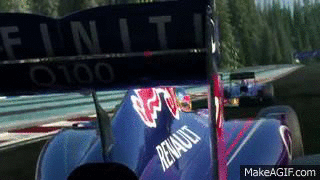
DRS Regulations and Limitations
Track Condition Flags
The use of DRS is also regulated by track condition flags. If there are yellow flags on the track, indicating a potential hazard, the DRS system cannot be used. This is to ensure the safety of the drivers.
Use of Flags in DRS Regulation
In addition to yellow flags, other flags can also affect the use of DRS. For example, if there is a red flag, indicating that the race has been stopped, the DRS system cannot be used. Similarly, if there is a safety car on track, the DRS system is disabled until the safety car is back in the pits.
DRS and Its Impact on Formula 1 Racing
Driver Perspectives on DRS
DRS has received mixed reviews from drivers. Some drivers, such as Juan Pablo Montoya, have criticized the system, arguing that it reduces the skill needed for overtaking. However, other drivers have praised the system for creating exciting battles and helping to encourage closer racing.
Criticisms and Controversies Surrounding DRS
Despite its benefits, DRS has also been the subject of criticism and controversy. Some fans and pundits argue that the system is too artificial and takes away from the purity of the sport. Others have criticized the system for being too complex and difficult to understand.

DRS Beyond Formula 1
Adoption of DRS in Other Racing Series
DRS is not exclusive to Formula 1. The system has also been adopted in other racing series, such as Formula 2 and Formula 3. In these series, the use of DRS is regulated in a similar way to Formula 1, with designated zones and distance requirements.
The system can also compare to Push to pass used in indycar, the main difference is that DRS cannot be used defensively
The Future of DRS in Motorsport
The future of DRS in motorsport is uncertain. While the system has been successful in increasing overtaking and encouraging closer racing, it has also been the subject of criticism and controversy. As the sport continues to evolve, it will be interesting to see how the use of DRS develops and whether it continues to be a part of Formula 1 and other racing series.
